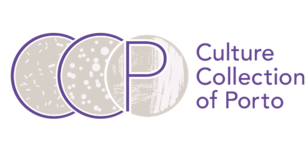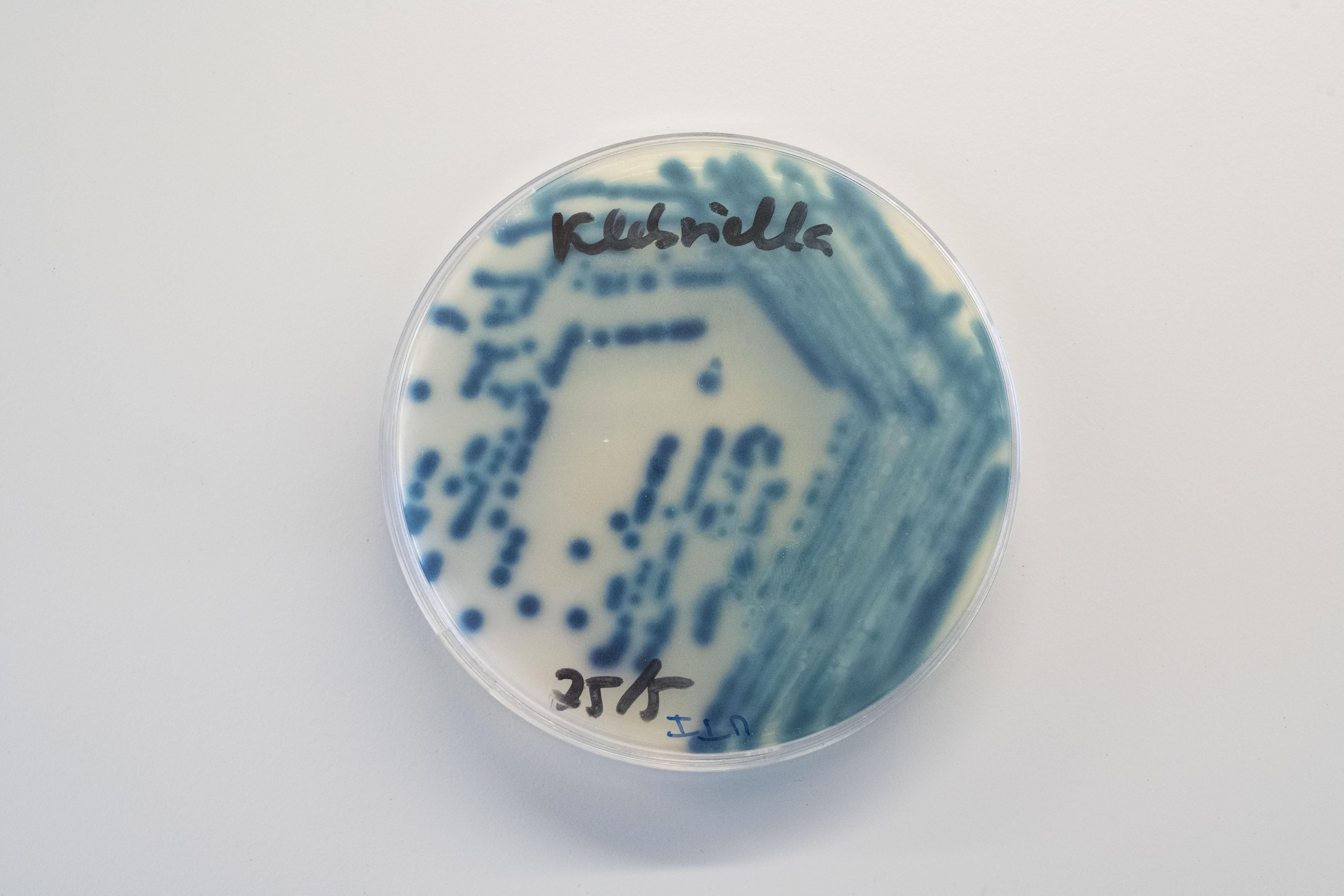Catalogue
About CCP
The Culture Collection of Porto (CCP) is a non-profit, Portuguese biological resource center for the preservation, systematic investigation, provision, distribution, and valorisation of microbial resources and biodiversity.




